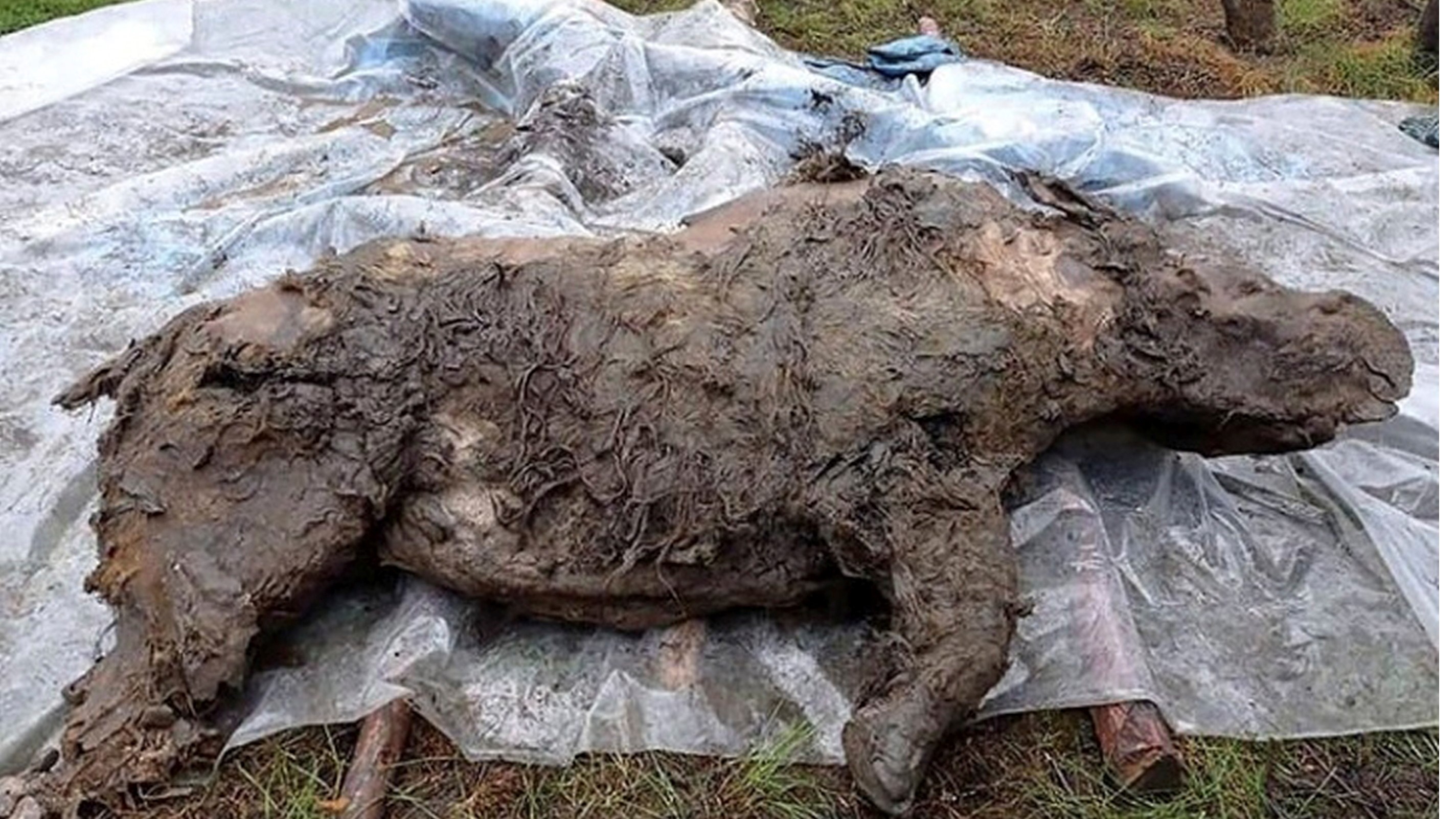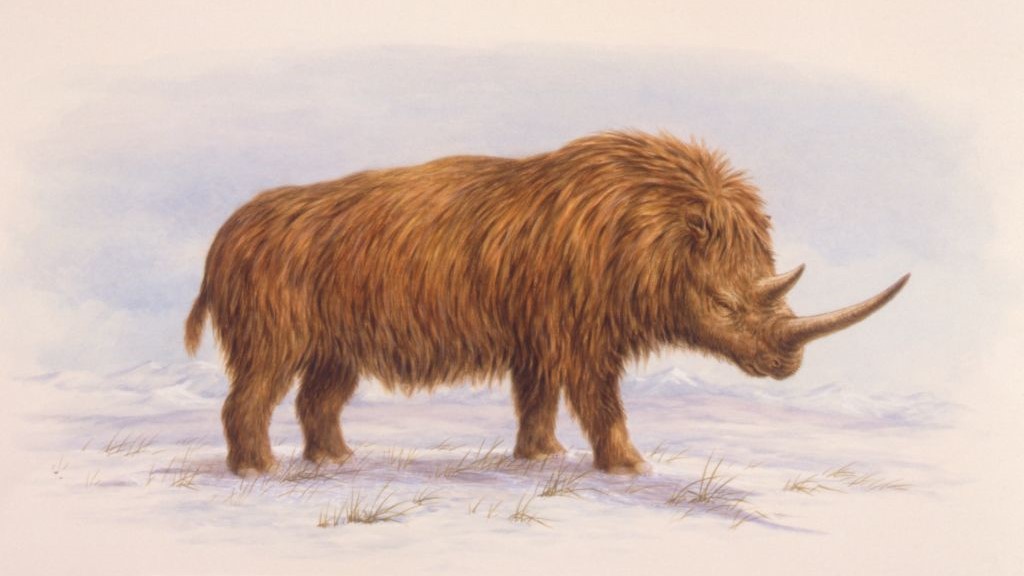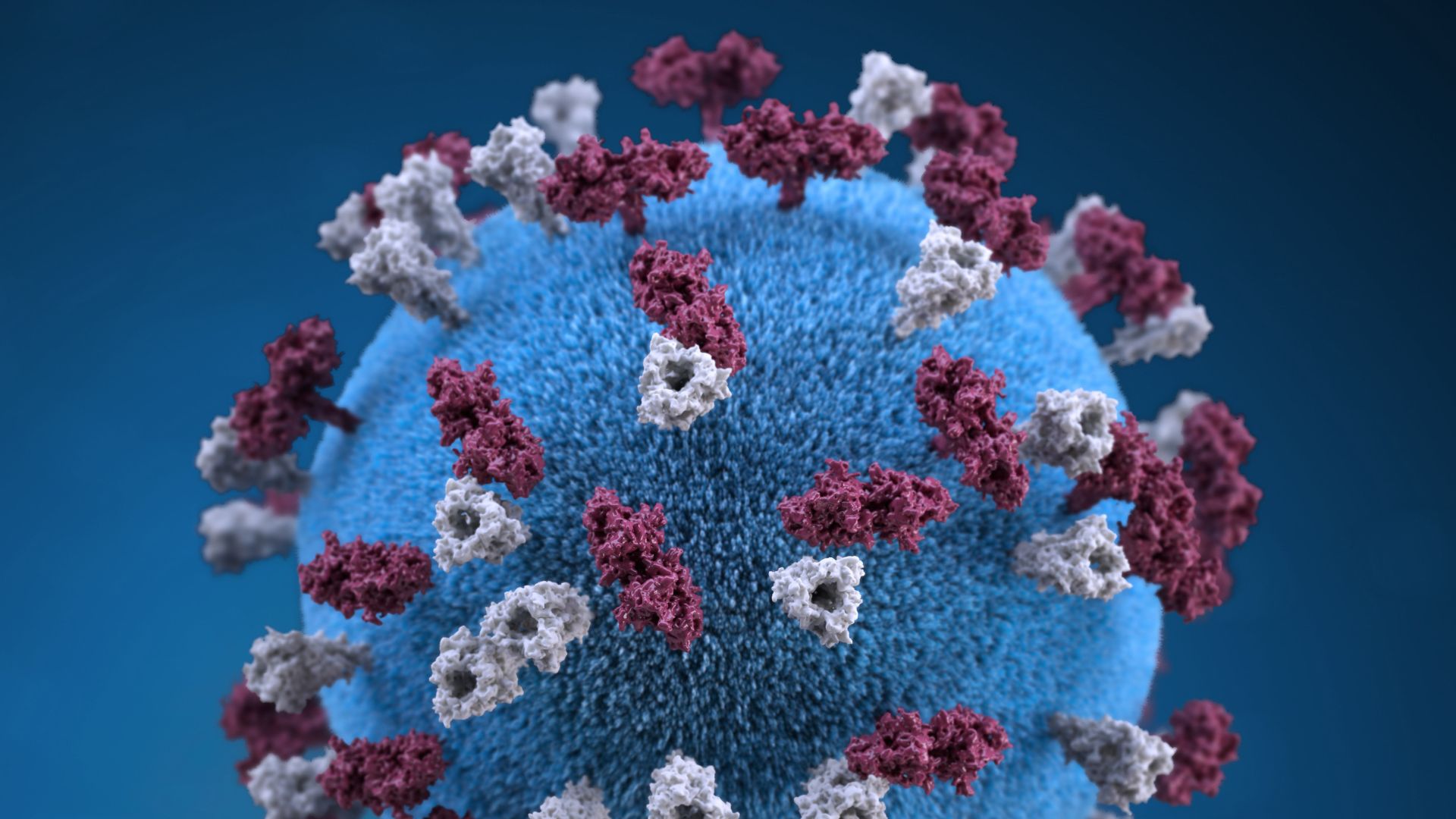32,000-year-old mummified woolly rhino half-eaten by predators unearthed in Siberia
Researchers found the carcass in August 2020 in Russia's Sakha Republic, and the discovery has revealed a never-before-seen characteristic of woolly rhinos: a fatty hump on the animal's back.

Scientists have discovered the deep-frozen, mummified carcass of a young woolly rhinoceros in Siberia's ice that was feasted on by predators tens of thousands of years ago.
The woolly rhino's right side is well preserved, with patches of skin and fur that have stayed intact over millennia, but its left side shows the youngster was mauled in the hours preceding or following its death.
"From the upper part of the thigh to the level of the shoulder blade, [the carcass] is severely destroyed," researchers from the Russian Academy of Sciences and the Academy of Sciences of the Republic of Sakha wrote in a study documenting the carcass, published July 1 in the journal Doklady Earth Sciences. "The internal cavity of the body is exposed, and most of the intestines are missing."
From the mangled carcass, "it is obvious that the left side of the mummy was eaten by predators," the researchers wrote. Remains of tiny crustaceans embedded in the fur also indicate the woolly rhino (Coelodonta antiquitatis) died in a shallow pool of water, the team noted.
Radiocarbon dating suggests the young woolly rhino died and froze more than 32,000 years ago.
Woolly rhinos roamed the Arctic tundra between 460,000 and 12,000 years ago, during the last ice age. They were huge beasts and the second largest herbivores in the mammoth steppe ecosystem after woolly mammoths (Mammuthus primigenius). Like mammoths, woolly rhinos were well-adapted to the cold climate thanks to their coat of shaggy fur — but scientists still know very little about these prehistoric animals, according to the study.
Sign up for the Live Science daily newsletter now
Get the world’s most fascinating discoveries delivered straight to your inbox.
The rare discovery of a near-intact woolly rhino has helped researchers fill some of those gaps.
Scientists excavated the carcass in August 2020 from the ice-covered banks of the Tirekhtyakh River in Russia's northeastern Sakha Republic. They dubbed the animal "Abyisky rhinoceros" after the local district and sent its remains to the Academy of Sciences of the Republic of Sakha, where the carcass currently sits in a freezer.
For the new study, researchers temporarily defrosted the carcass and took samples of skin, fur and soft tissue for analysis. They also examined the woolly rhino's teeth, measured the length of one of its horns and noted the size of a large hump on its back, which appeared to be filled with fat.

The horn was 9.4 inches (24 centimeters) long and presented three to four dark patches that typically correspond to the number of years lived by a rhinoceros, according to the study. The height at the shoulder of the carcass was close to 4.3 feet (130 cm). Together, this indicates the woolly rhino was 4 to 4.5 years old when it died and hadn't reached sexual maturity.
Its fur was darker than that of a smaller woolly rhino calf discovered in 2014 in the same district. That calf, named "Sasha," was frozen for at least 10,000 years and covered in thin, almost-blond hair. In contrast, adult woolly rhinos that were previously pulled from the ice have coarse, dark brown fur.
"The fur of the Abyisky rhinoceros has a uniform light brown color due to the combination of white, beige, and brown hair," the researchers wrote in the study. "The coat is darker on the ears and feet and lighter on the back, belly, and hind legs."
Remarkably, the Abyisky rhinoceros also had a 5-inch-high (13 cm) hump filled with fatty mass on its back, the likes of which scientists had never seen on a woolly rhino carcass. Fatty humps are relatively common in Arctic animals, Love Dalén, a professor of evolutionary genomics at Stockholm University in Sweden who was not involved in the study, told CNN. They evolved to beat the cold and store energy for when times get tough, he said.
The newly discovered 4-year-old appears to represent an intermediate stage of woolly rhino development. Specimens with preserved tissues like this one are invaluable for further research, and particularly for genetic tests that cannot be done on bones, Dalén said.

Sascha is a U.K.-based staff writer at Live Science. She holds a bachelor’s degree in biology from the University of Southampton in England and a master’s degree in science communication from Imperial College London. Her work has appeared in The Guardian and the health website Zoe. Besides writing, she enjoys playing tennis, bread-making and browsing second-hand shops for hidden gems.









